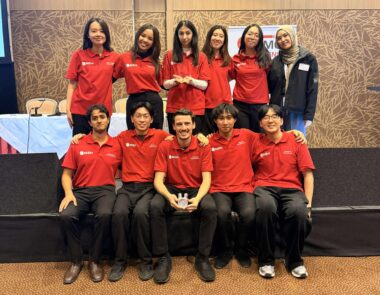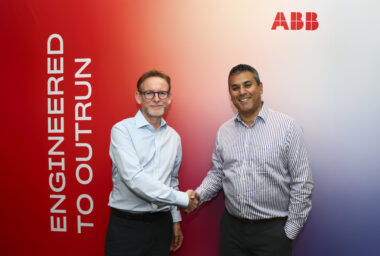Researchers from UNSW have developed a cutting-edge and scalable solution to overcome the rechargeability challenges of aqueous rechargeable zinc battery (AZB) technology.
The innovation can potentially redefine energy storage for homes and grids, emphasising safety, cost-effectiveness, extended life cycle, and robust power capability.
The team of researchers from the School of Chemical Engineering, Yuan Shang, Dr. Priyank Kumar, and Dr. Dipan Kundu, say the new technology could be a safer and cheaper alternative to lithium-ion batteries, which have been cited as the cause of a number of dangerous fires recently.
Their work, published in the Advanced Materials journal, helps to solve a major problem with the AZB technology in that the ability to recharge has so far proven to be limited due to the amount of corrosion suffered by the battery’s zinc metal electrode.
Dr Kundu and his team spent three years working on the solution, which is the introduction of a very small concentration (1 volume%) of non-toxic additive molecules in the battery electrolyte, which addresses the corrosion issue and effectively reduces the dendritic zinc deposits that otherwise short-circuit the battery cell.
This innovative solution preserves the aqueous nature of the electrolyte, maintaining cost and safety benefits.
The outcome is a 5- 20 times improvement in the battery cycle life under conditions suitable for beyond-lab-scale development, equivalent to pushing the lifetime from a few months to over three years.
The team demonstrated about 1 unit (1 kWh) of electricity storage per 30 kg weight (or ~30 Wh/kg) using small pouch-type cells and can achieve the same storage per 16 kg weight (~60 Wh/kg) in a further scaled-up setup with a high-voltage cathode.
These results are approaching that of competing Li-ion systems and the researchers aim to make further developments given the promise of their tests so far.
Dr. Kundu said: “The AZB technology can be implemented as energy storage systems at various scales, from small-scale residential/commercial and medium-scale community storage units to large-scale grid-level installations.
“Other than remote/off-grid power systems, data centres, backup power systems in the industries, e-bikes are some of the applications to which the AZB technology can be extended.
“A safe and affordable AZB technology will accelerate renewable energy integration, enable smart grid technologies for better management of energy distribution, load balancing, and demand response, support the establishment of microgrids powered by renewable energy sources for remote communities, and may provide a cost-effective and reliable storage option for industries like mining, construction, and telecommunications.”
Addressing current lithium-ion problems
While lithium-ion batteries (LIBs) have disrupted industries, concerns about their cost, supply and demand imbalance, scarcity of raw materials resources, and safety have prompted a search for alternatives.
Cost and fire risks are amongst the biggest challenges for the widespread application of LIBs in renewable/stationary storage.
AZBs that use an aqueous salt solution electrolyte emerge as promising alternatives due to safety, raw material abundance, affordability, and competitive energy densities.
The use of the high-capacity metallic zinc anode gives AZBs an energy density boost, and its safe chemistry means it is potentially fully recyclable. Ambient manufacturing is another significant advantage.
The UNSW team continues to work on developing the zinc anode, cathode, and cell components toward developing battery cell prototypes. It is estimated that a fully developed technology would cost consumers around one-third to one-fourth the price of the present-day Li-ion systems.
The team has applied for a patent on the new technology and is actively seeking funding to develop a spin-off focused on commercial development.
****
For more information, or to speak with a member of the research team, please contact:
Diana Merlot
Engagement & Communications Officer, UNSW Engineering
[email protected]
Key Facts:
As the world seeks cleaner energy solutions, the aqueous zinc battery technology breakthrough developed at UNSW Sydney promises a sustainable and resilient energy future.
Contact details:
Diana Merlot
Engagement & Communications Officer, UNSW Engineering
[email protected]


